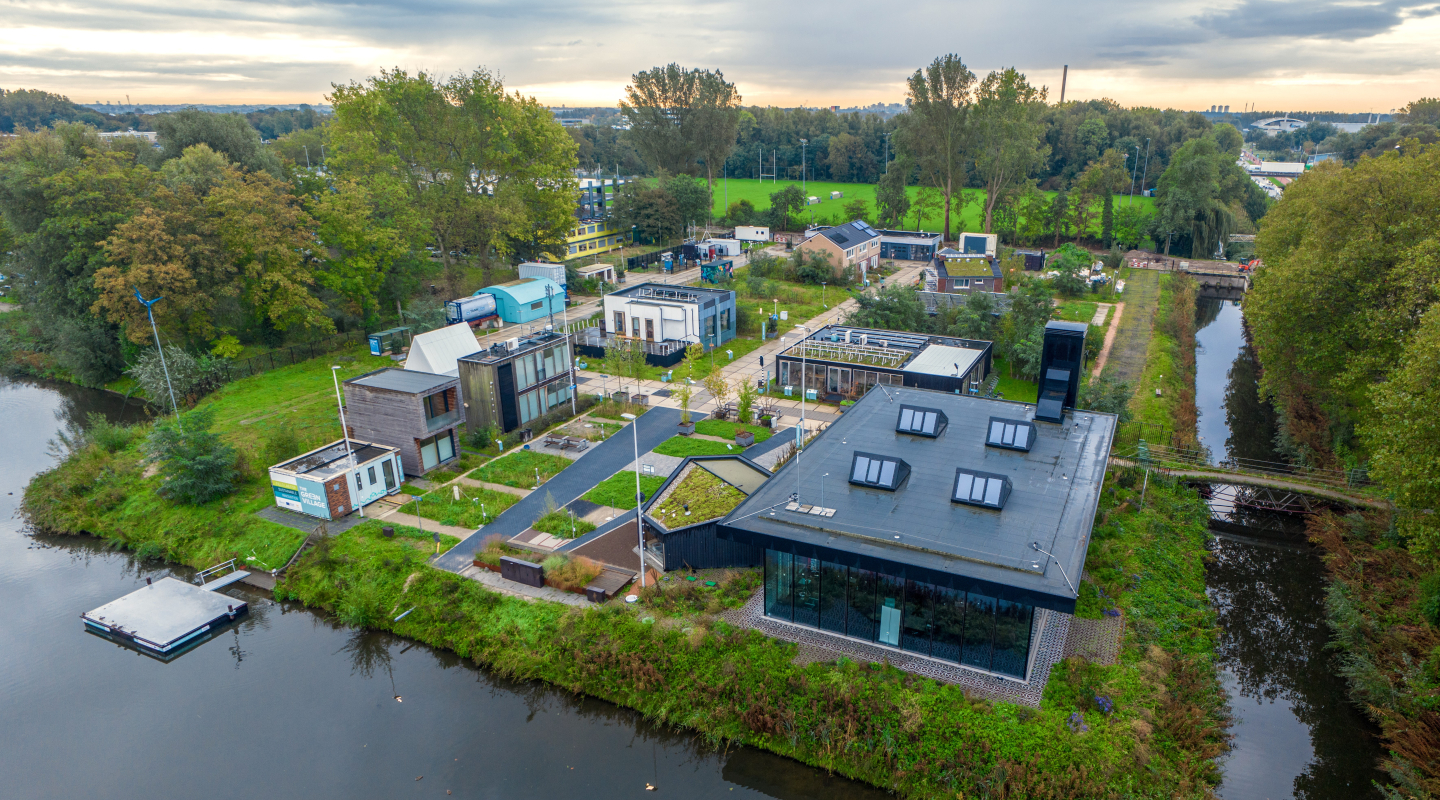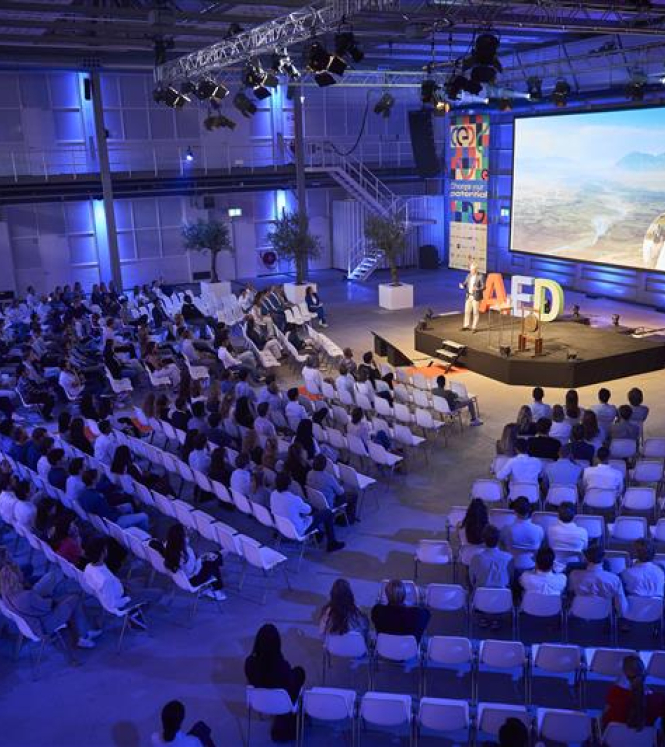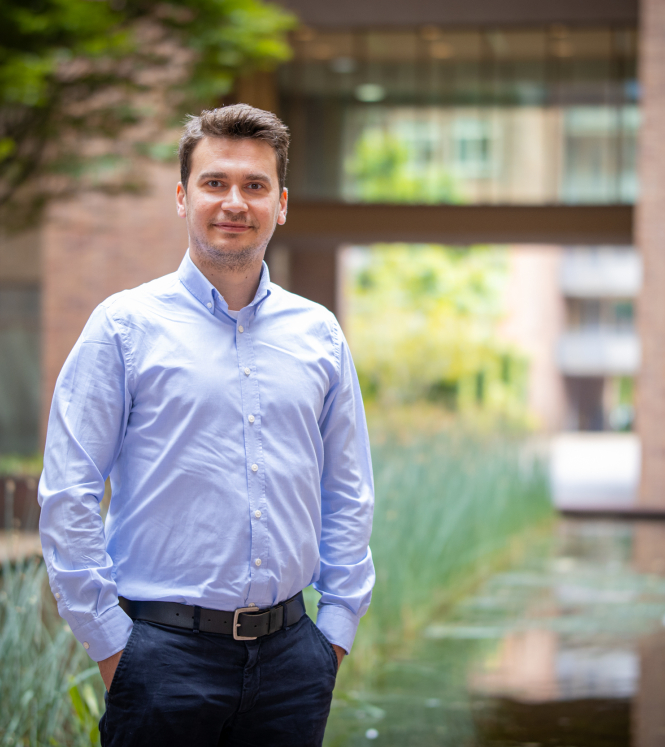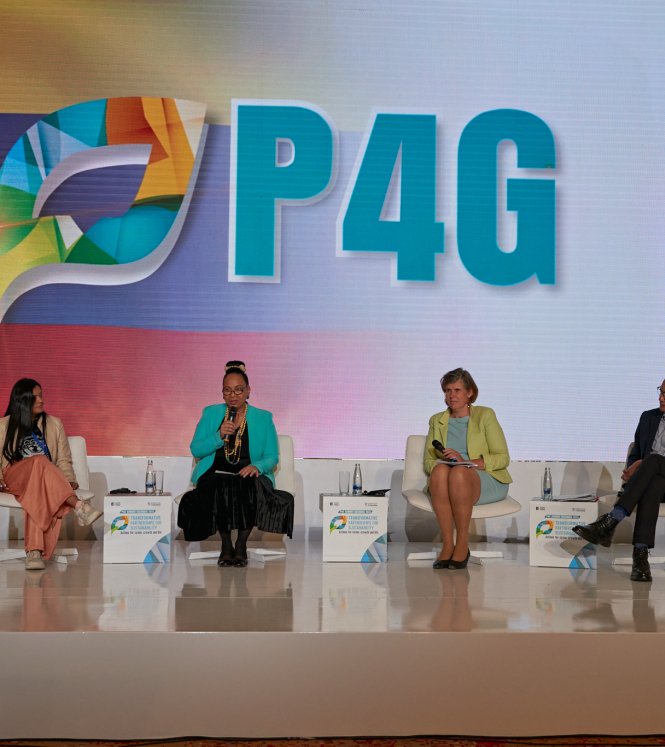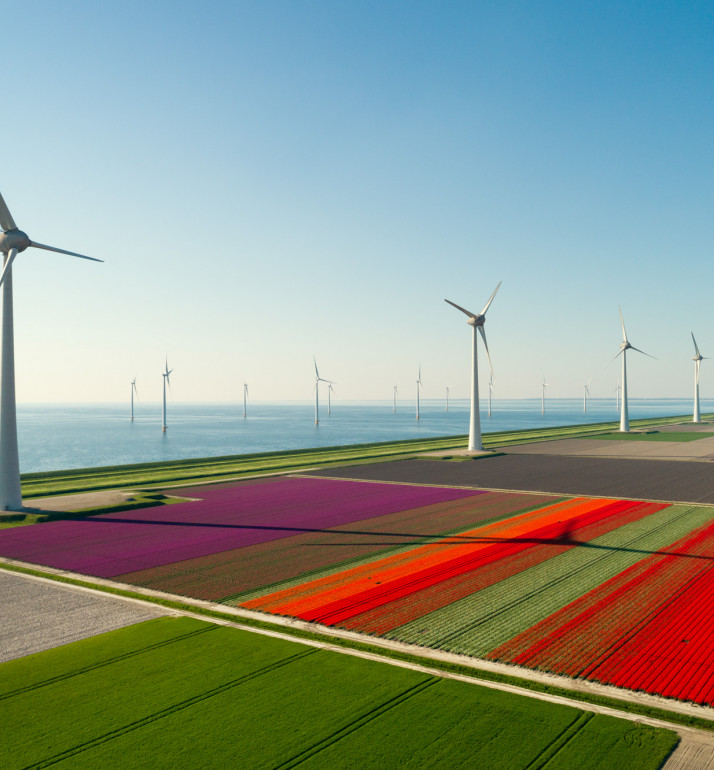
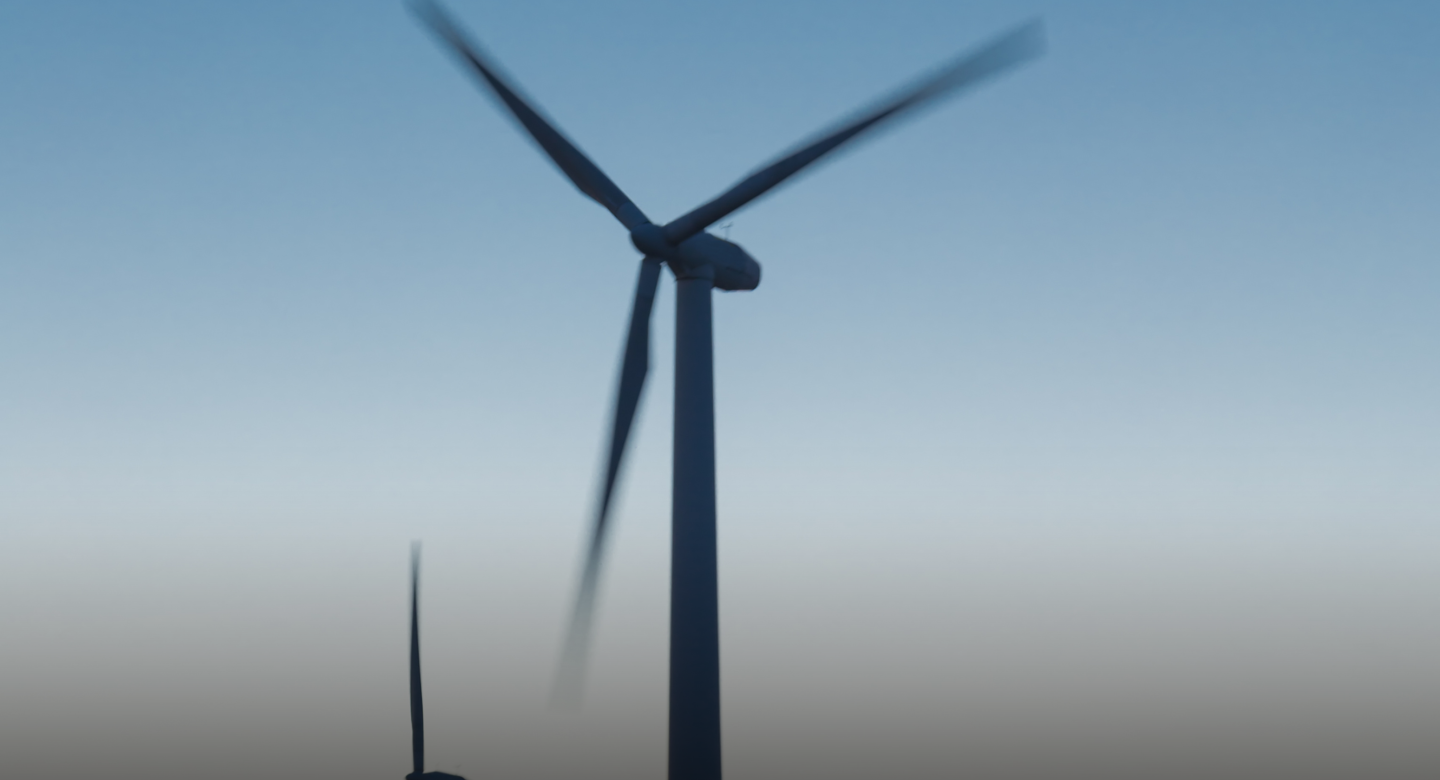
How partnerships in energy shape a sustainable future
As climate change reshapes our planet with increasing speed and intensity, the question is no longer whether we have to act, but how quickly can we do it. Rising sea levels, shifting weather patterns, and resource scarcity demand solutions that no single country can achieve alone. The Netherlands, a country built on ingenuity and resilience, knows this truth well. And so does Japan.
The global energy transition sits at the heart of these challenges and opportunities. Moving from fossil fuels to renewable, sustainable energy systems is not simply a matter of switching technologies, it requires rethinking entire infrastructures, building new industries, and forging partnerships across borders.
This year, one of the roads to solutions runs through Expo 2025 Osaka, where countries showcase ideas and innovations for a better future. For the Netherlands, it’s an opportunity not just to present technology, but to deepen relationships, explore new opportunities, and work side-by-side with Japanese partners on the shared challenges of our time.
While we are over 9,000km apart, we both share a vulnerability to the sea, a commitment to climate action, and a belief in the power of partnership. From hydrogen innovation to circular construction, our collaboration across sector proves that when ideas, resources, and expertise flow freely across borders, solutions emerge that are greater than the sum of their parts.
Turning challenges into innovation
The Dutch approach to the energy transition is rooted in creativity and adaptability. We are mapping a course toward a climate-neutral and fully circular economy by 2050, but the path is far from straightforward.
Shifting to clean hydrogen demands not just technological leaps but entire new infrastructures. Offshore energy requires rethinking how we design, build, and integrate floating platforms. Green chemistry seeks renewable alternatives to oil and gas while making the best possible use of the resources we already have. And the circular economy, which touches every aspect of society, calls for a complete reimagining of how we design, use, reuse, and recycle the materials that shape our daily lives.
Tackling these challenges in isolation is too much for any one country. That’s why collaboration, on an international level, with forward-thinking partners, is essential. In the Netherlands, public–private programmes such as Topsector Energy and ChemistryNL connect industry, government, and research to speed up breakthroughs in hydrogen, offshore energy, and storage. Institutions like TNO and TU Delft turn these partnerships into tangible results, developing electrolysers that run more efficiently on renewable power, to designing offshore floating platforms that can withstand extreme weather, to testing large-scale heat storage systems for urban districts. These practical outcomes not only accelerate our own energy transition, they also open up clear opportunities for cooperation with Japanese innovators who bring complementary expertise in materials science, robotics, and large-scale engineering.
Building on shared strengths
Across the Netherlands, hubs of innovation are taking shape. Areas such as Rotterdam and Groningen are rapidly evolving into centres for hydrogen production, storage, and distribution. Japanese companies are joining forces here too, working alongside Dutch experts to advance electrolysers, infrastructure, and storage technologies.
In the offshore sector, the Dutch maritime manufacturing industry, with centuries of experience in building for and on the water, is applying its know-how to next-generation floating energy farms. Together with Japanese partners, we’re exploring how to leverage wind, waves, and sun in some of the planet’s most challenging marine environments. We’re looking at how to work with nature, instead of against it.
The circular economy offers another opportunity to work together. From modular bridges that can be taken apart and rebuilt elsewhere, to utility buildings made entirely from recycled materials, Dutch projects are testing what’s possible. Japan’s interest in these approaches is opening doors for joint research, pilot projects, and scalable solutions.
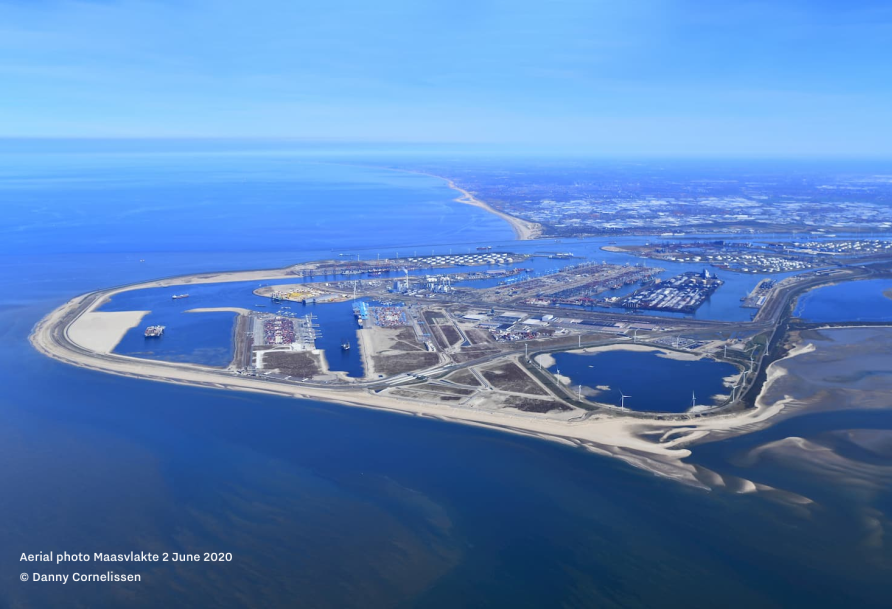
Innovation below the surface
One example of Dutch ingenuity begins deep underground. In the Netherlands, space is limited. Every square metre is put to work. Engineers have learned to store energy not just on land or at sea, but beneath our feet. Aquifer Thermal Energy Storage (ATES) uses naturally occurring groundwater as a thermal battery, capturing heat in the warmer months and saving it for when the air turns cold, or vice versa. In winter, that stored summer heat can warm entire buildings; in summer, cool reserves can keep them comfortable without the constant hum of air conditioning.
Now, the challenge is to integrate ATES into a larger energy system, linking it with batteries, solar power, and hydrogen production to create systems that are both flexible and resilient. During this next stage of development, Dutch and Japanese expertise can meet in the middle, combining decades of innovation with fresh perspectives to turn a clever idea into a powerful tool for the global energy transition.
Business is built on relationships
While there’s potential for us to really complement each other in sustainable innovation and solutions, strong business partnerships between Japan and the Netherlands are not forged overnight. As Tuna Sener, Business Development Manager at Radac, put it:
“Doing business in Japan is like pouring concrete. Try not to do it too quickly, because then it won’t cure properly. Be patient, pay attention to details, culture, and relationships. And deliver value.”
Trade missions, such as the ones to Expo 2025 Osaka, provide an invaluable opportunity to build that foundation. They allow participants to explore the business climate, understand cultural nuances, and connect with the people who will ultimately determine the success of any partnership. Sener believes “The upcoming trade mission to Osaka will help all participants to better understand Japan’s business culture and business climate. And more importantly: the people! Ultimately, you look for ways to really work with them.”
Powering progress together
The Netherlands and Japan may be separated by land and seas, but we’re connected by shared challenges and shared ambition. We both have strong chemical sectors to transform, dependencies on critical raw materials to reduce, and offshore energy potential to unlock. And ultimately, we’re committed to a circular future where resources are used wisely and waste is designed out of the system.
The Dutch do not claim to have all the answers. Far from it. But we do have a long history of thinking on our feet, finding practical solutions under pressure, and working with others to make them real. In an era of unprecedented change, we believe this spirit of cooperation is our greatest asset. Whether in Osaka during Expo 2025 or in the world’s labs, ports, and workshops, let’s keep building together. Because only with global collaboration can we turn today’s urgency into tomorrow’s resilience.

